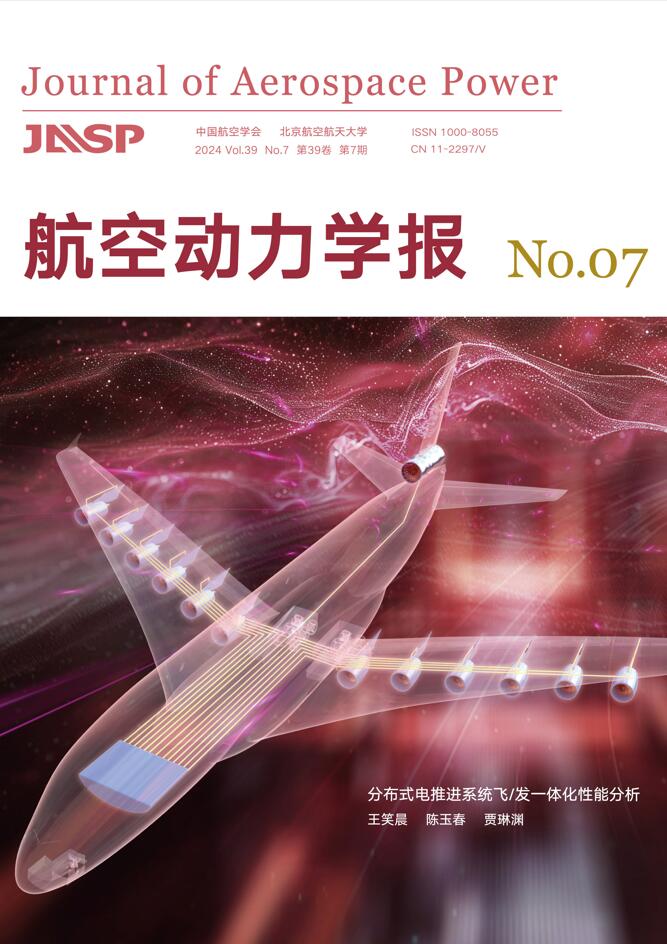2022 Vol. 37, No. 1
Display Method:
2022, 37(1): 46-54.
doi: 10.13224/j.cnki.jasp.20210128
Abstract:
2022, 37(1): 67-75.
doi: 10.13224/j.cnki.jasp.20210070
Abstract:
2022, 37(1): 87-94.
doi: 10.13224/j.cnki.jasp.20210064
Abstract:
2022, 37(1): 103-113.
doi: 10.13224/j.cnki.jasp.20200566
Abstract:
2022, 37(1): 114-123.
doi: 10.13224/j.cnki.jasp.20210076
Abstract:
2022, 37(1): 142-151.
doi: 10.13224/j.cnki.jasp.20210333
Abstract:







